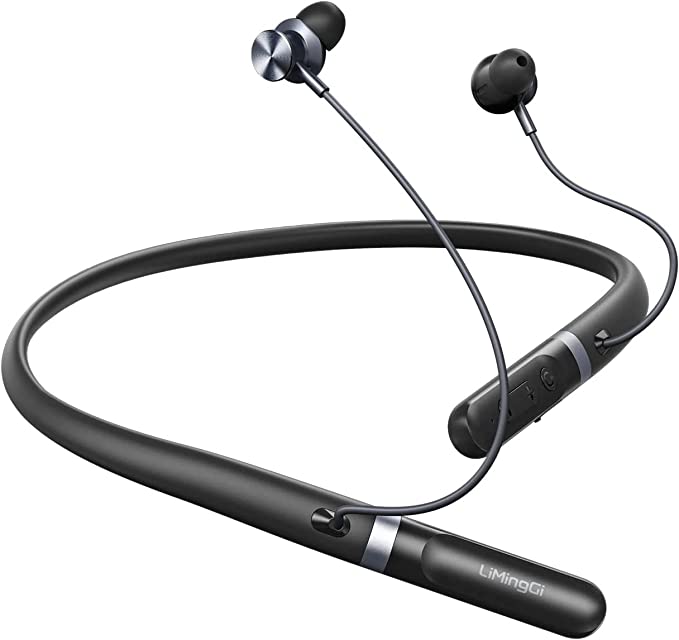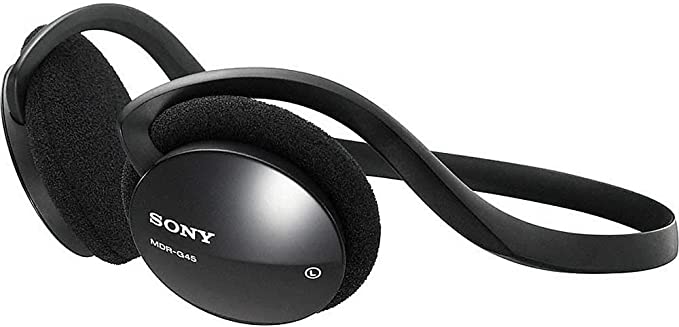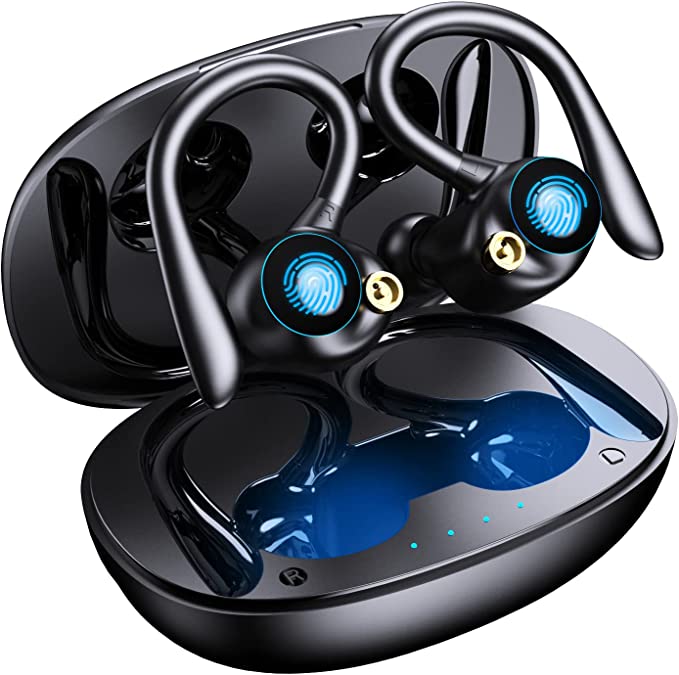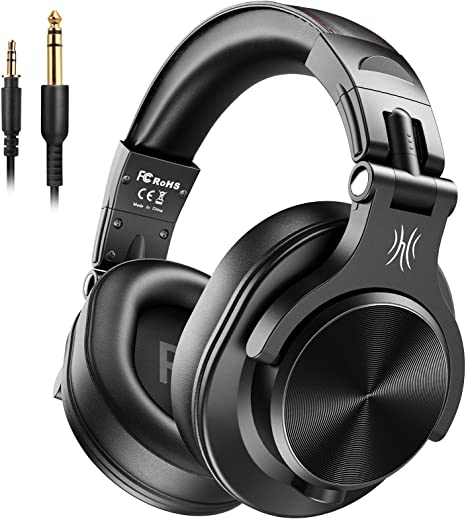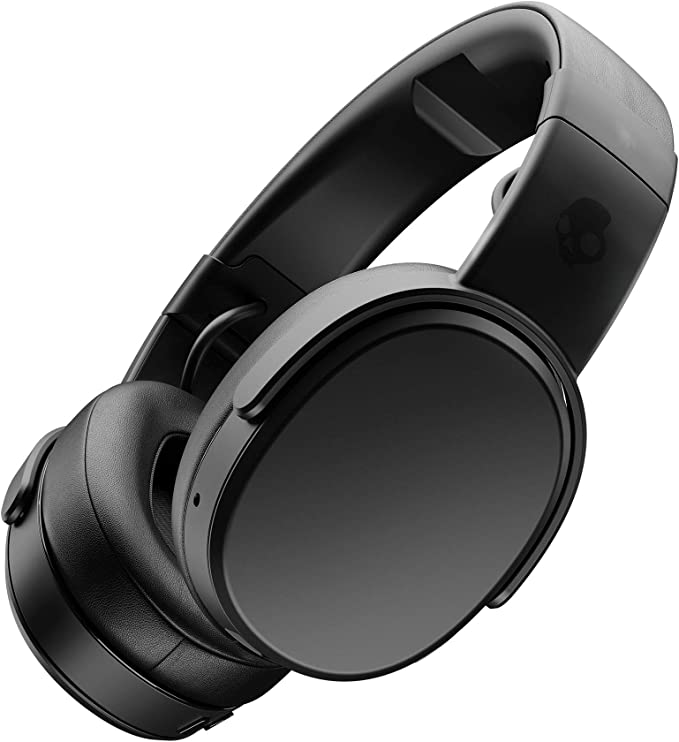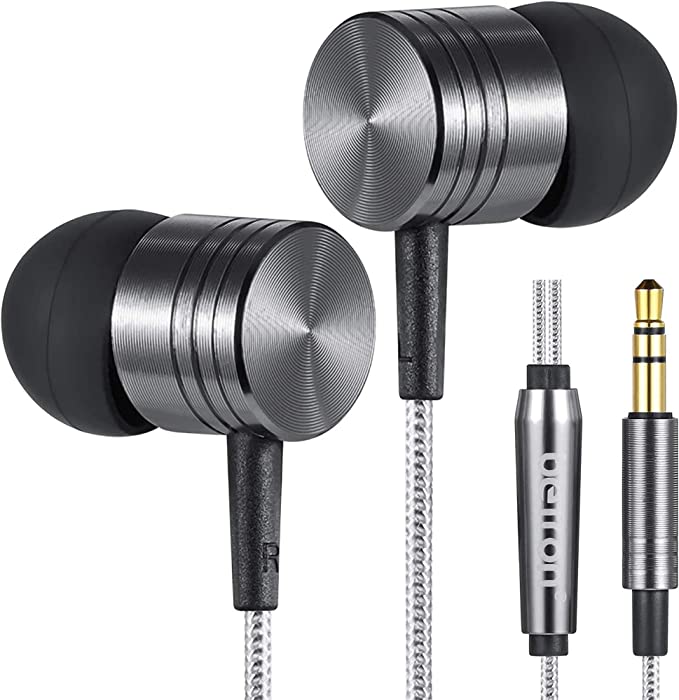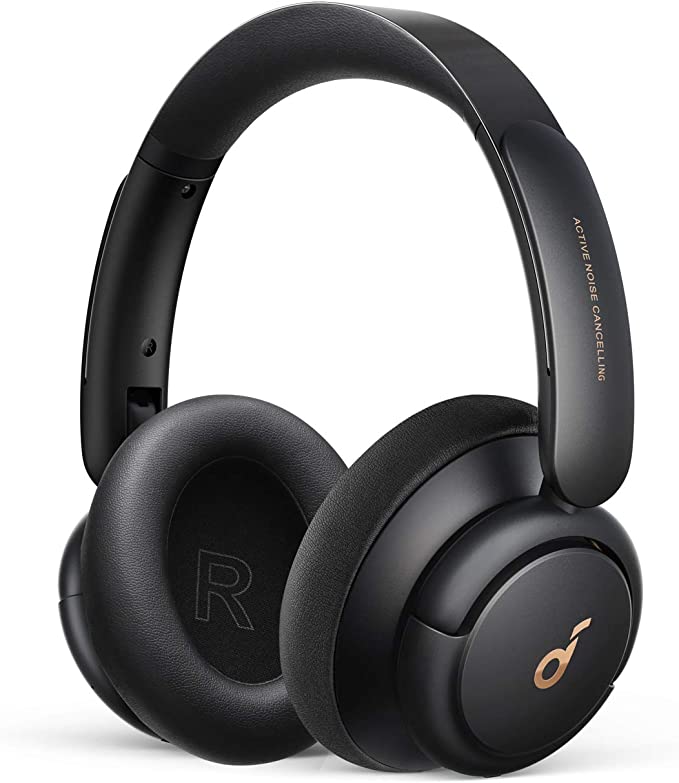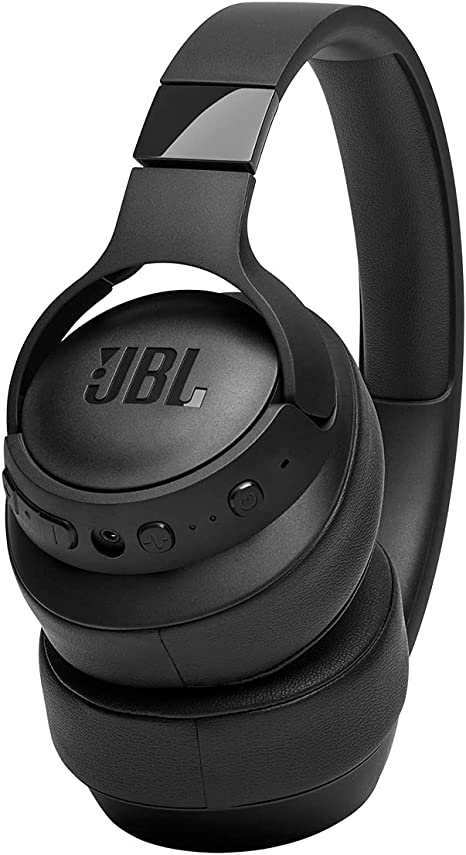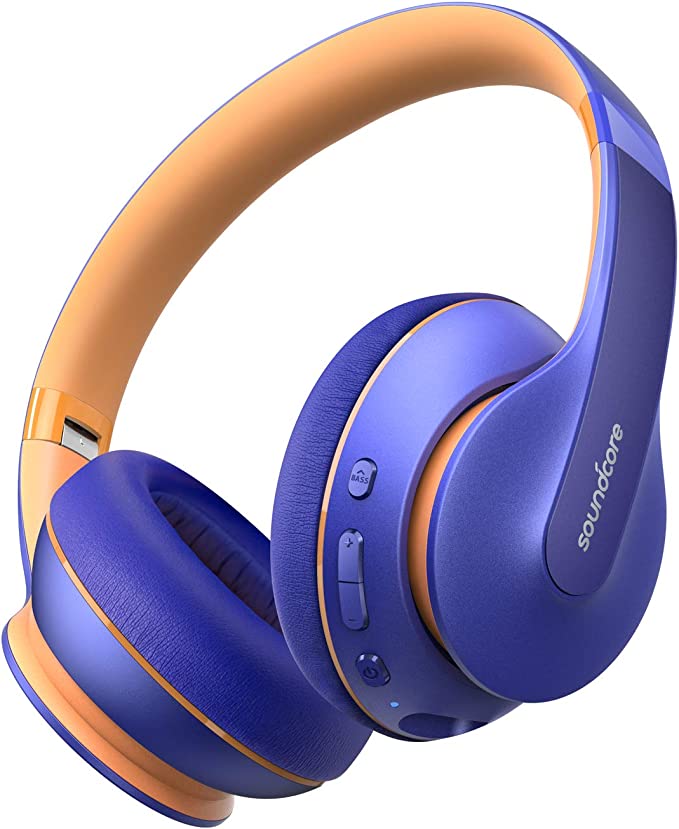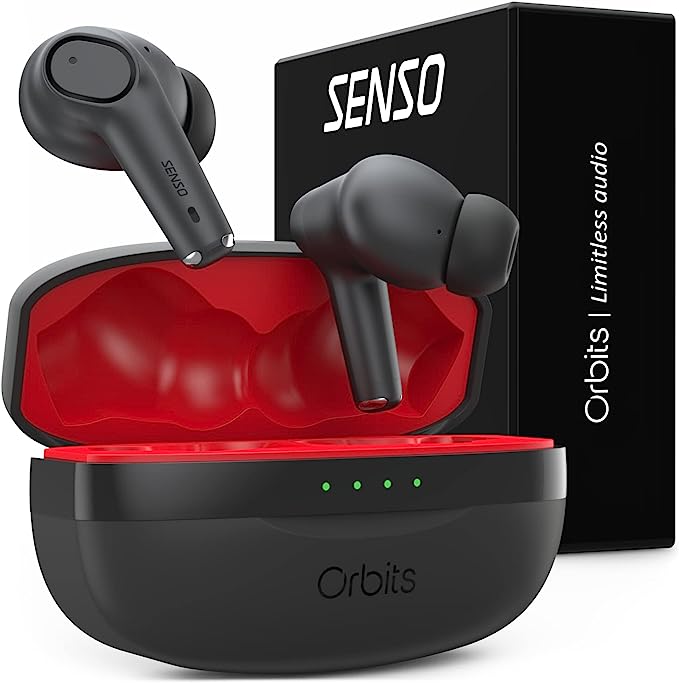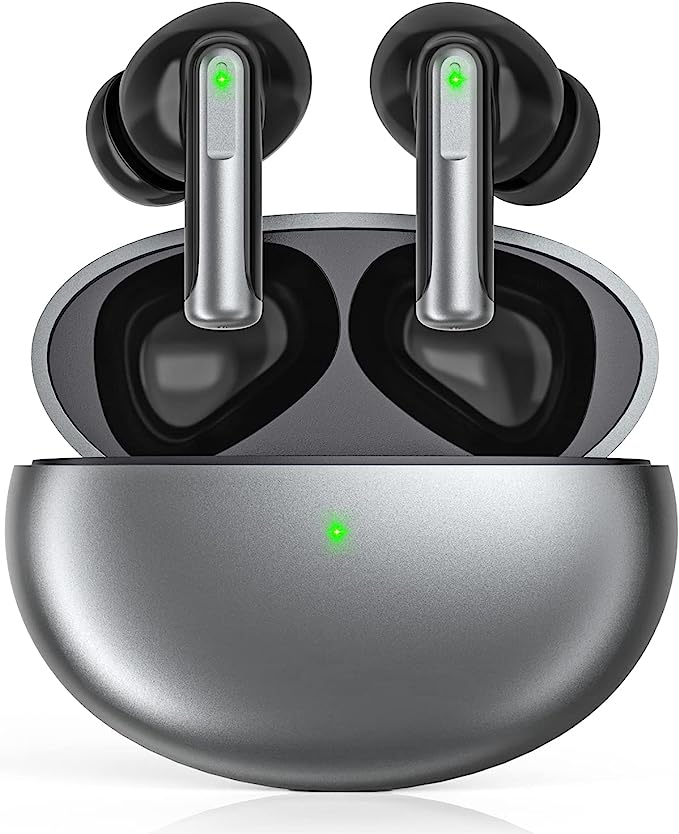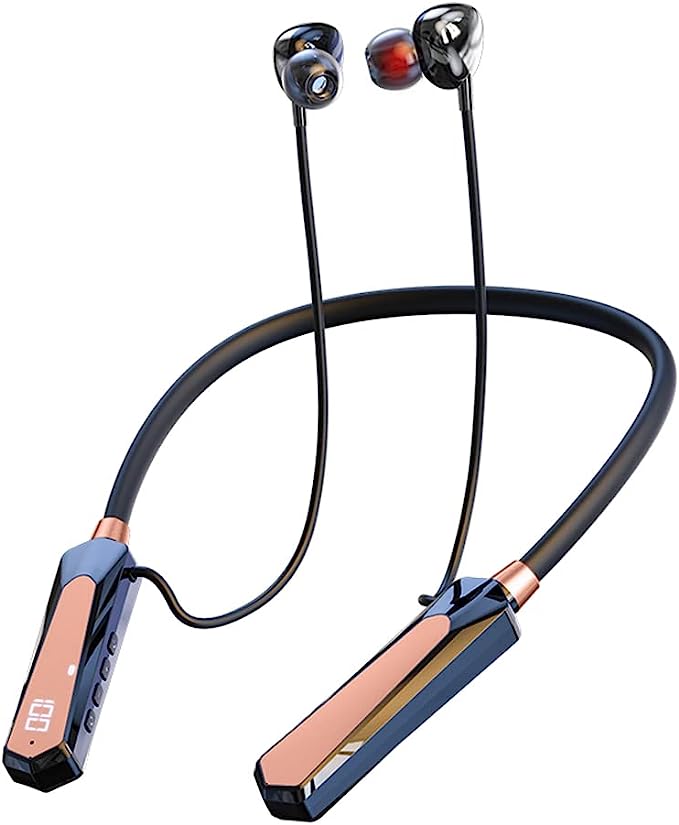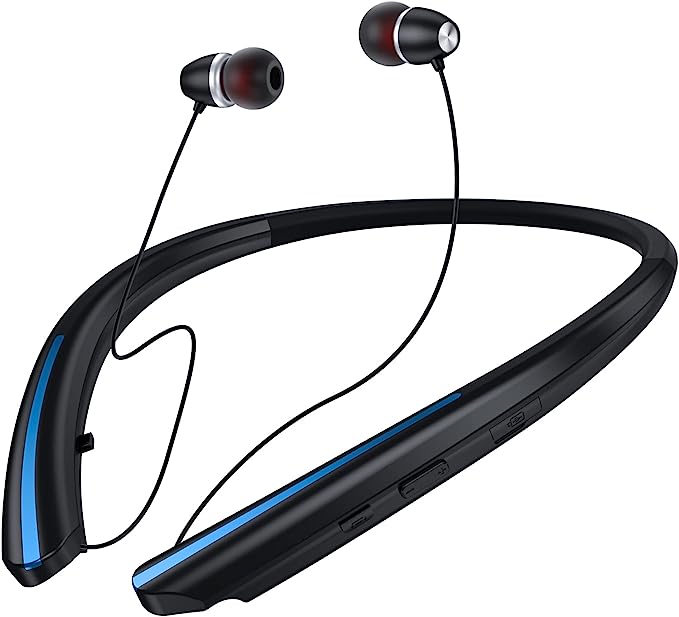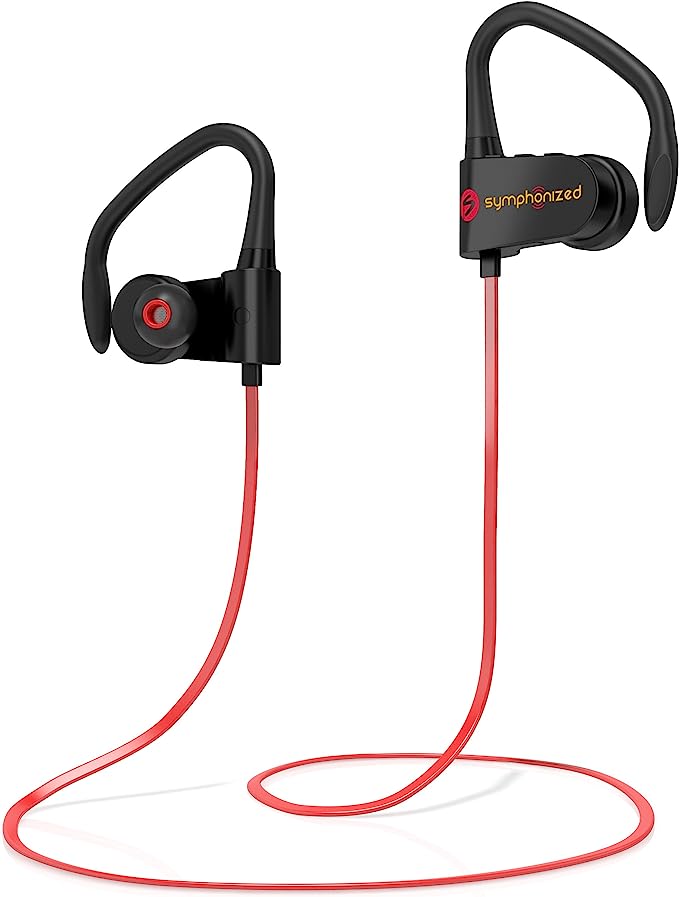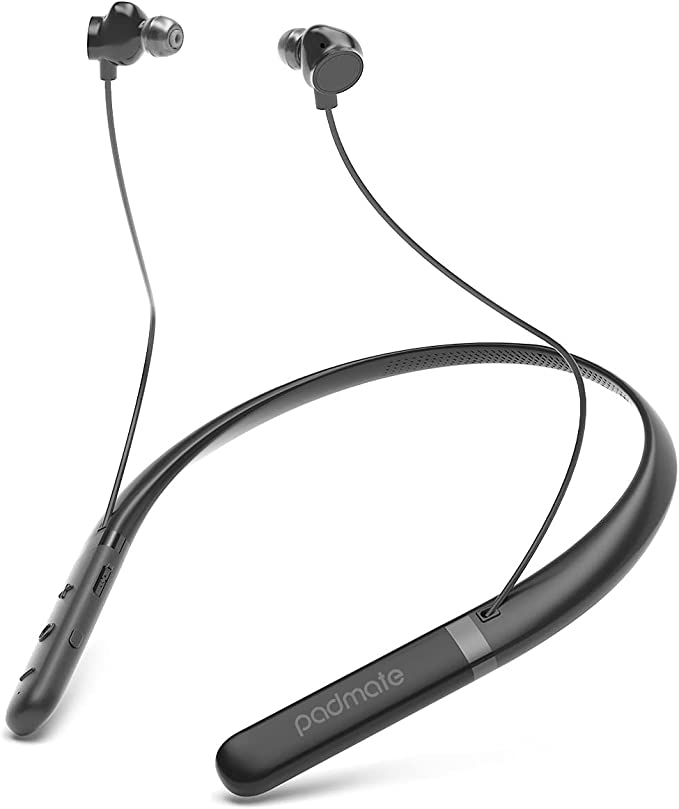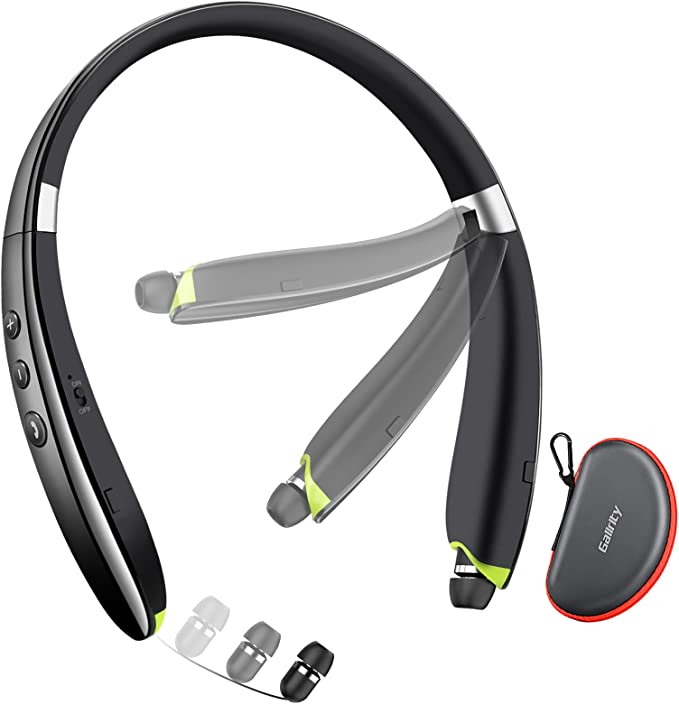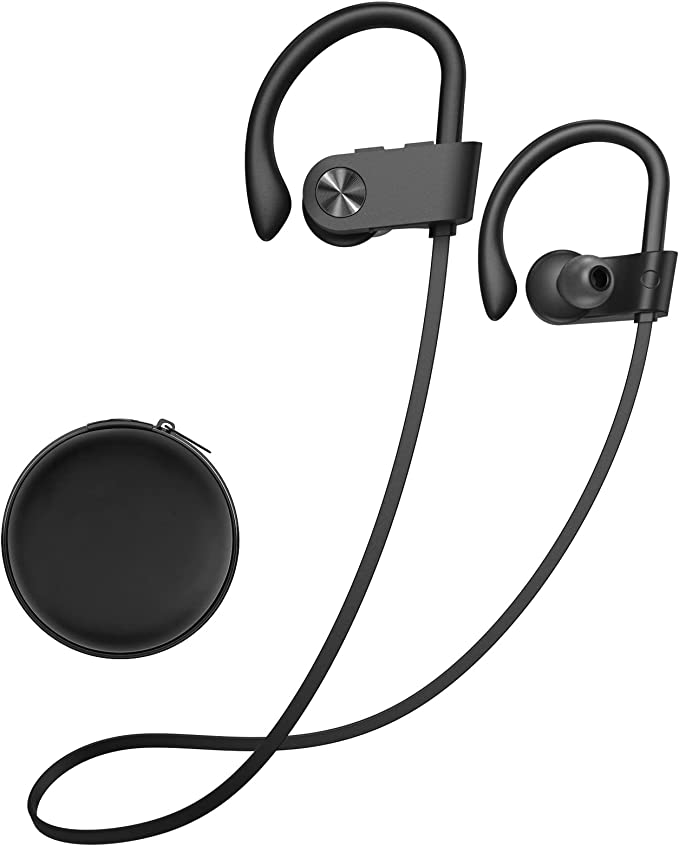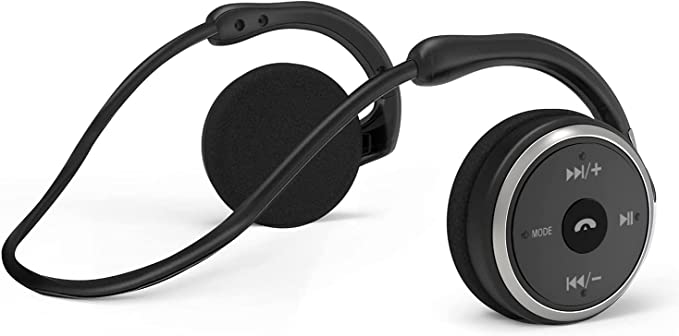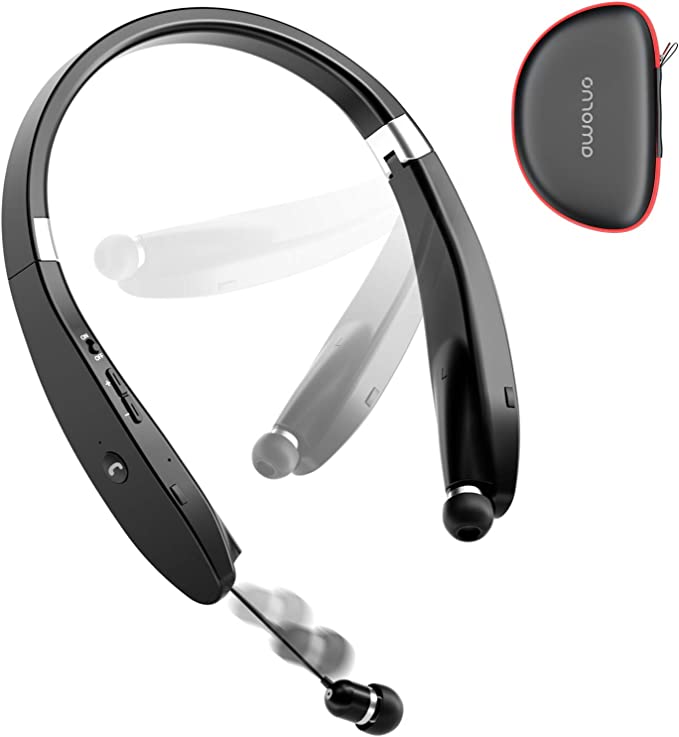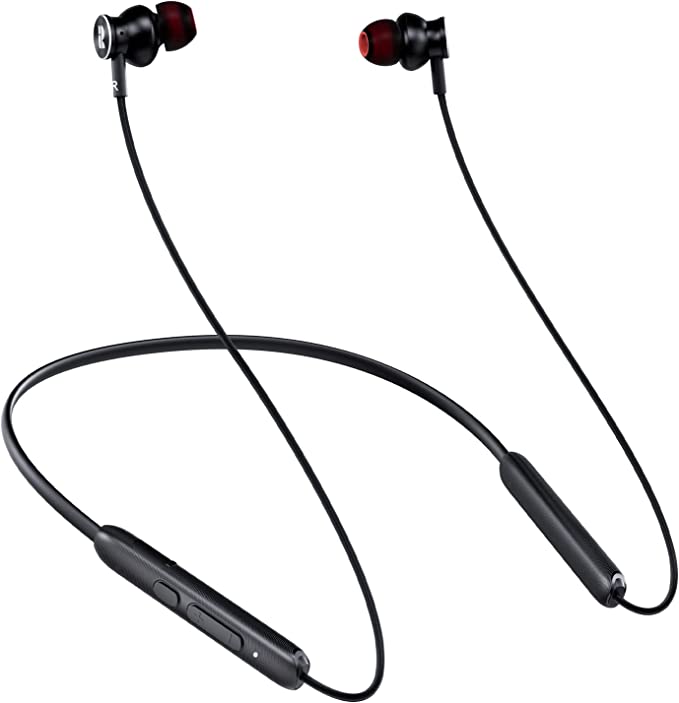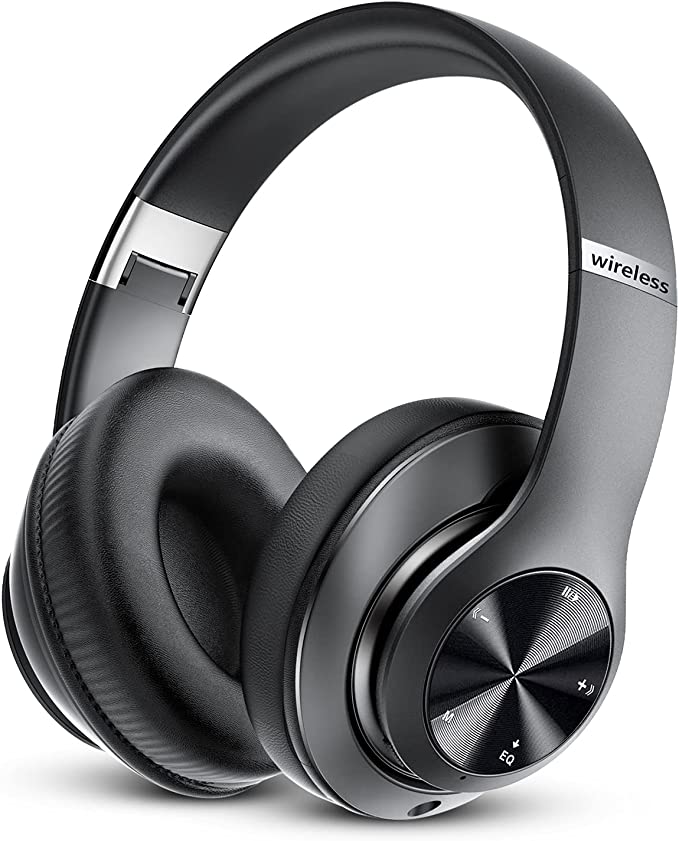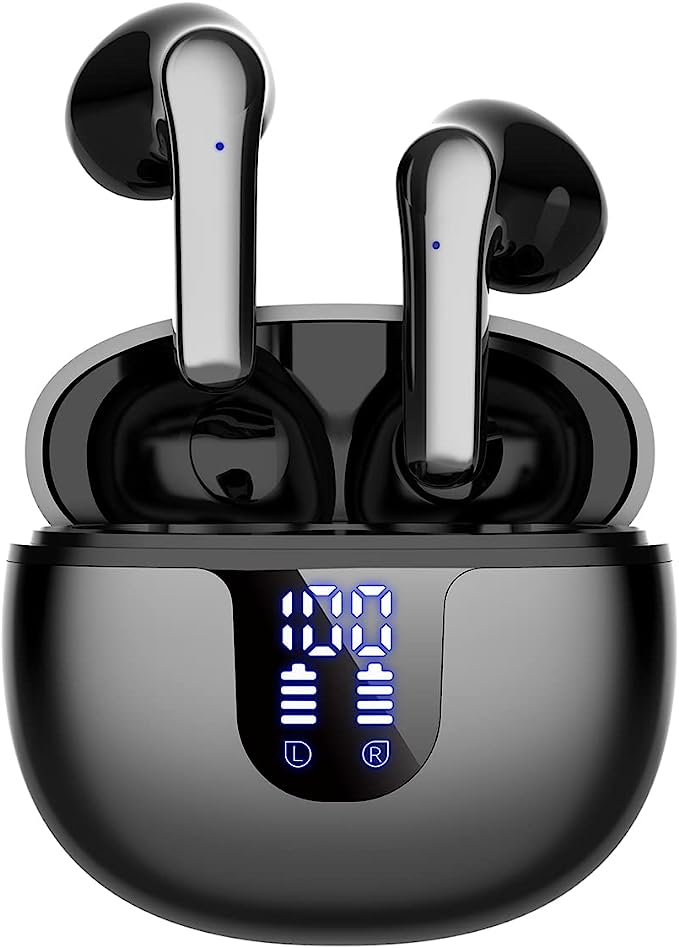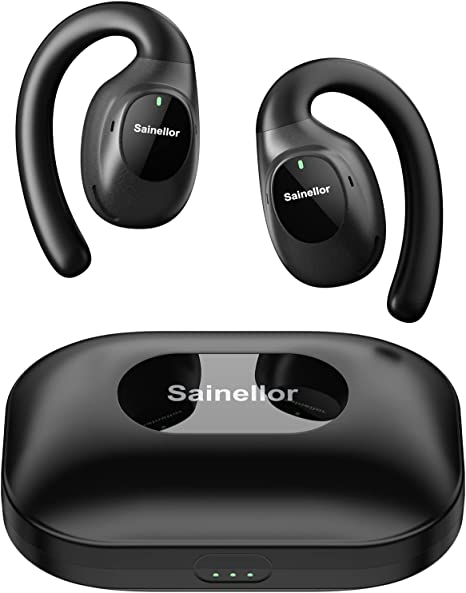Nepartak I35 Neckband Headphones: Unbeatable Battery Life and Bluetooth 5.1
Update on Aug. 25, 2025, 10:34 a.m.
We’ve all felt it. That sinking, silent dread as the cheerful “Battery Low” notification chimes in your ear, precisely at the climax of a podcast or the drop of your favorite song. In an era of seamless wireless audio, this “battery anxiety” is the ghost in the machine, the single greatest point of failure in our otherwise untethered sonic lives. We’ve been conditioned to accept this compromise: for the convenience of true wireless, we must pay a daily tax in charging cycles.
But what if a product refused to accept this compromise? What if it treated battery life not as a feature to be balanced, but as the single, defining purpose of its existence? Enter the Nepartak I35, a pair of neckband headphones with a staggering, almost absurd, claimed playtime of 120 hours.
This is not a review. It’s an investigation. The I35 is fascinating not because it aims to be the “best” headphone, but because it is a masterclass in purposeful engineering and the art of the uneven trade-off. By dissecting its design, we can uncover the scientific principles and deliberate sacrifices required to create a device that runs not a sprint, but a full-blown marathon.

The Power Plant: A Fuel Tank, Not a Canteen
The headline figure—120 hours—is so far beyond the industry norm of 20-30 hours (for neckbands) or 5-8 hours (for true wireless buds) that it invites skepticism. The secret lies not in some revolutionary new technology, but in a commitment to a brute-force solution, made possible by its form factor. At the heart of the I35 is a massive 1000mAh (milliampere-hour) Lithium-Ion battery.
To put this in perspective, imagine the battery in a typical high-end true wireless earbud is a small water bottle, holding perhaps 50 to 80mAh. The battery in the I35 is a full-fledged fuel tank. This isn’t an elegant solution; it’s a pragmatic one. The neckband design, often seen as less sleek than discrete earbuds, becomes its greatest asset, providing the sheer physical volume necessary to house such a large power cell. This is the first and most critical trade-off: sacrificing pocket-sized portability for a reservoir of energy that can last for weeks.
The science of this power plant is rooted in the reliable chemistry of Lithium-Ion batteries. Inside the cell, lithium ions travel from a negative electrode (anode) to a positive electrode (cathode) through a chemical soup called an electrolyte, releasing a steady stream of electrons that power the headphones. During its three-hour charge via a modern USB-C port, a Battery Management System (BMS) carefully reverses this process, ensuring the cell is charged efficiently without overheating or degrading prematurely. The I35 doesn’t reinvent the battery; it simply gives it more room to work.

The Unseen Engine: Sipping Power with Bluetooth 5.1
A large fuel tank is useless without an efficient engine. If the battery is the I35’s brawn, its brain is the Bluetooth 5.1 chipset, a technology focused as much on power conservation as it is on stable connectivity. This is the second critical piece of the endurance puzzle.
While users experience Bluetooth as a simple connection, its various versions have vastly different energy profiles. A key innovation of the Bluetooth 4.0 standard and its successors is Bluetooth Low Energy (BLE). While BLE itself isn’t used for streaming high-quality audio, the efficiency principles developed for it have bled into the main Bluetooth protocol. The I35’s Bluetooth 5.1 chipset is designed to sip power, maintaining a strong connection up to 33 feet away while minimizing its draw on that 1000mAh reservoir.
This philosophy of efficiency extends to the very “language” the headphones use to transmit sound: the audio codecs. The I35 supports the standard SBC (Subband Coding) and AAC (Advanced Audio Coding). SBC is the universal, mandatory codec for all stereo Bluetooth headphones—it gets the job done, but it’s not known for high fidelity. AAC offers a noticeable quality improvement, especially on Apple devices where it is the native standard.
Crucially, you won’t find support for higher-resolution codecs like Qualcomm’s aptX or Sony’s LDAC. This is not an oversight; it is another deliberate trade-off. These advanced codecs provide better audio quality at the cost of higher energy consumption and licensing fees. By sticking to the efficient and universally compatible SBC and AAC, the I35’s engineers prioritize battery life and affordability over the diminishing returns of audiophile-grade wireless sound. It’s a choice that says, “We’d rather you could listen for a week than have marginally crisper cymbals for a day.”

A Body Built for Endurance
The physical design of the I35 is entirely subservient to its goal of long-duration use. The flexible neckband, made of a skin-friendly material, distributes the 54-gram weight across the collarbones, making it comfortable for all-day wear. This design also offers an inherent security that true wireless buds lack; there are no tiny, expensive plastic pods to lose.
This focus on real-world durability is underscored by its IPX5 rating. According to the official Ingress Protection standard (IEC 60529), the ‘X’ means it hasn’t been tested for dust ingress, while the ‘5’ signifies it is protected against low-pressure water jets from any direction. In practical terms, this means the I35 can easily survive a sweaty workout, a sudden downpour, or a splash from a sink. It is water-resistant, not waterproof, so submersion is out of the question, but it’s more than enough protection for its intended use in sports and daily exercise.
Furthermore, the in-ear design, with its multiple sizes of silicone ear tips, plays a vital role in the audio experience. A snug fit is the foundation of good sound, creating a seal that physically blocks outside noise. This is called passive noise isolation, and it is the unsung hero of audio on the go. It reduces the need to crank up the volume to overcome your environment, which in turn saves battery life and protects your hearing.

The Question of Quiet: A Sober Look at “Active” Noise Cancellation
The product listing for the I35 mentions “Active Noise Cancellation” (ANC), a feature typically found in more premium headphones. It’s important to approach this claim with a clear understanding of the science involved.
True active noise cancellation is a remarkable feat of acoustic engineering. It uses tiny microphones to capture ambient sound waves and then generates an exact opposite sound wave—an “anti-noise” signal—that is 180 degrees out of phase. When the original noise and the anti-noise wave meet at your eardrum, they cancel each other out through a process called destructive interference, creating an illusion of silence.
Implementing this effectively, especially across a wide range of frequencies, requires sophisticated processors and multiple microphones, which are both costly and power-hungry. Given the I35’s price point and extreme focus on battery life, its ANC is likely a very basic system targeting a narrow band of low-frequency noise, like the hum of an air conditioner. The heavy lifting of keeping the world out is performed by the excellent passive noise isolation from the well-fitted ear tips. Think of it less as active cancellation and more as active assistance to the much more effective passive seal.

Conclusion: The Art of the Uneven Trade
The Nepartak I35 is not a headphone for everyone. It is not for the audiophile chasing the purest sound, nor for the minimalist seeking the most discreet form factor. It is for the long-haul truck driver, the marathon runner, the student studying for 12 hours straight, or anyone for whom the thought of another dead battery is simply unacceptable.
It stands as a powerful lesson in product design: greatness is not always achieved by being good at everything, but sometimes by being absolutely unparalleled at one thing. Every decision in its design—the bulky neckband, the choice of efficient-but-basic codecs, the pragmatic approach to noise cancellation—is a sacrifice made at the altar of endurance. The I35 is a masterclass in the art of the uneven trade. It happily trades a bit of elegance and a slice of audio fidelity for a truly staggering amount of freedom—the freedom from the charger. And in doing so, it reminds us to look beyond the raw spec sheet and appreciate the clear, focused philosophy behind the technology we use every day.
